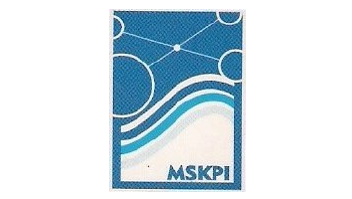AKUMULASI LOGAM BERAT TEMBAGA DAN TIMBAL PADA MANGROVE Rhizopora mucronata DI KARANGSONG, INDRAMAYU
Abstract
Mangrove has many ecological functions, one of them is to absorb, transport and store substances including toxic materials. This research aim is to analyze the concentration of Cu and Pb in root, leave, and substrat of mangrove Rhizopora mucronata and its bioaccumulation level. The concentration of Cu found in sediment exceed standar quality by Reseau National d’Observation (RNO), which means the sediment has been contaminated by Cu. The content of Cu in the rootsand leaves of mangrove is greater than Pb, so does the highest level of bioconcentration factor (BCF) was reached by BCF Pb in root at 1.3116 while BCF Cu in roots at 0.5609. This indicates that the potency of accumulation of roots is much higher than the leaves. The highest Translocation Factor (TF) was attained by Pb which is 0.4075 and the lowest is 0.3341 in Cu. Metal translocation from roots to leaves for essential metals (Cu) is lower than in non-essential metals (Pb), it shows that the mangrove use Cu for metabolic activity and growth. The ability of mangrove in accumulating this metals are still low in category according to concentration factor index.
Copyright (c) 2023 Jurnal Teknologi Perikanan dan Kelautan

This work is licensed under a Creative Commons Attribution-NonCommercial 4.0 International License.




















